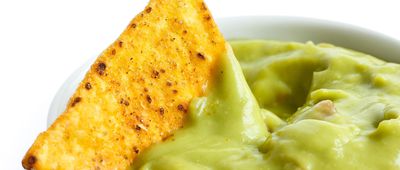Eat This, Feel Better
Chicken soup may be the ultimate comfort food when you’re not feeling well, but there’s plenty more to turn to when you’re sick. We’ve paired recommended foods and drinks with common ailments and conditions to help get you on the proverbial road to recovery.
Related: What to Eat If You Can’t Taste or Smell After Having Covid-19



































